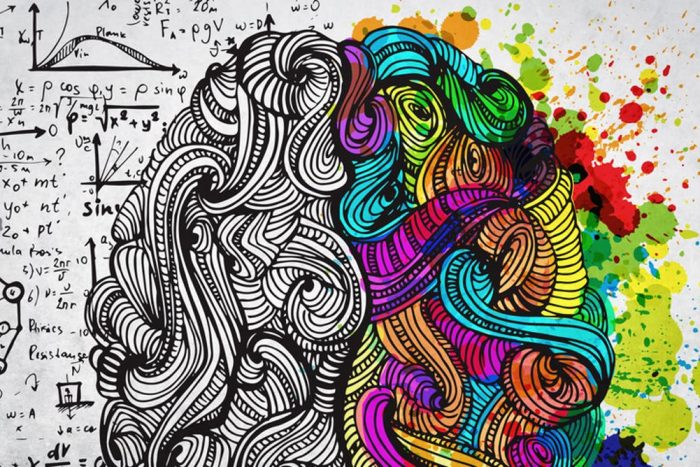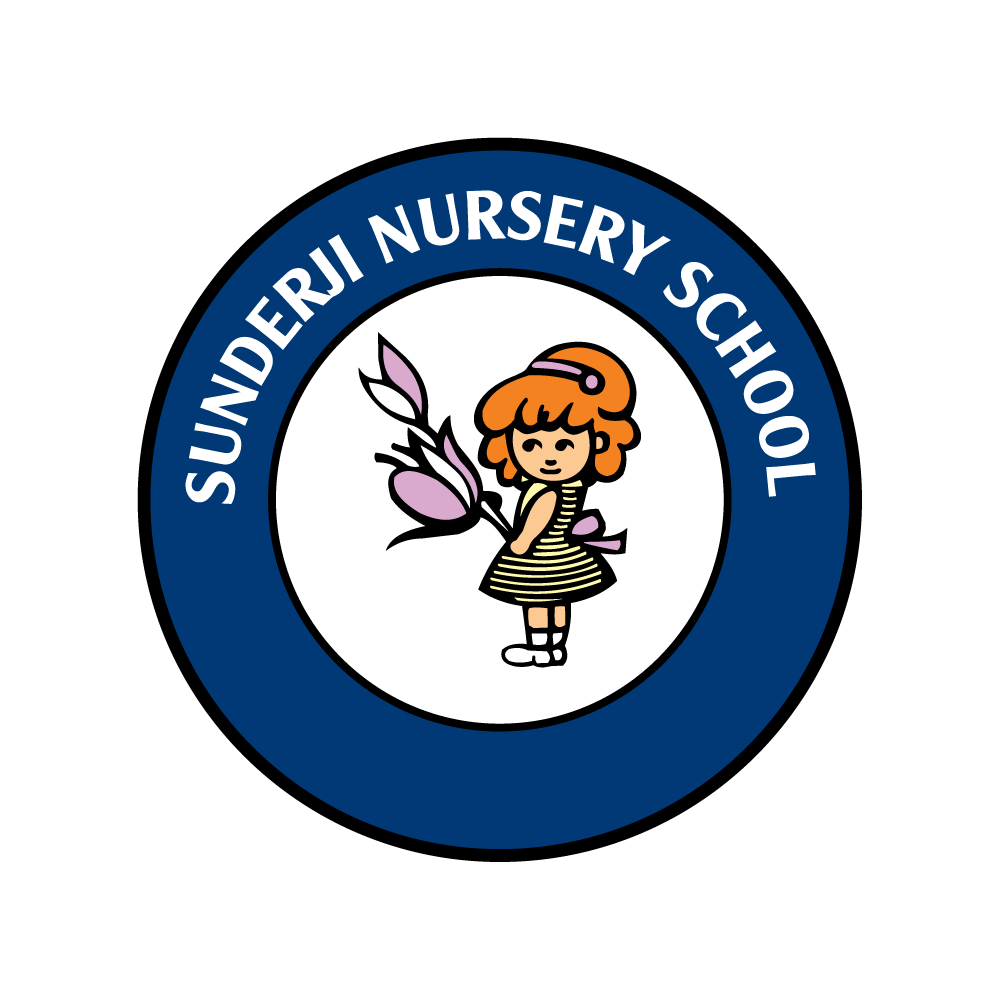The Case of Cultivating
Divergent Thinking in Classroom
“What is creativity?”, “Is this student creative?”, “How can we improve creativity in children?” These questions are of interest in many fields and are regularly addressed by psychologists, educators and teachers. The field of creativity has dramatically expanded since the second half of the last century. In fact, until the 50’s, the study of creativity was essentially related to the study of gifted or talented individuals. Since Guilford’s presidential address to the American Psychological Association, and other pioneering work of the time, creativity has been viewed as a psychological dimension that is widely distributed in the general population, which can be developed and measured.(1)
According to Guilford, divergent thinking is essential for creativity. It allows generating numerous ideas, enables the individual to consider alternative pathways of research, thus increasing the probability of finding an original and adapted idea. According to a study by Akbari and Bernhard (2012), carrying out a task that requires creative thinking affects people’s mood. This provides considerable support for the idea that mood and cognition are not only related, but also that this relation is fully reciprocal. Moreover, divergent and convergent thinking impact mood in opposite ways: divergent thinking is improving one’s mood while convergent thinking is lowering it.(2)

Our creative ability sets us apart from the other creatures of this planet and holds the key to our continued success at the individual, organizational and societal levels. In order to nurture innovation, we must understand the creative process. Creativity can be improved significantly through the use of creative thinking techniques. These techniques encourage the use of divergent thinking.
In Sunderji’s Global Academia(3), we provide a natural environment to the students to make them feel comfortable so that they can flourish their divergent thinking. We give them time and space to answer from many different angles. The students are encouraged to think creatively i.e. Fluency, Flexibility, Elaboration and Originality (Factors of Torrance Test)(4). Creative thinking can be strongly enhanced through the use of learnt cognitive techniques. There are more brainstorming sessions instead of judging any good or bad ideas. We provide them opportunities to ask questions first instead of providing the answers which improves the creativity. We teach our students to embrace failures and move ahead to look for more possibilities. Providing creative thinking techniques and environment to generate crucial creativity and helping wherever they stuck is the best way to cultivate divergent thinking in the classroom.
By Dr. Vinamrata Bhatia (Special Educator, Sunderji Institute of Special School)
References:
1. Guilford et al. 1967. The Nature of Human Intelligence.
2. Akbari and Bernhard. 2012. Psychological Research.
3. Sunderji’s Global Academia, Pune, Maharashtra.
4. Kilgour M. 2006. Int. J. Business and Society.
